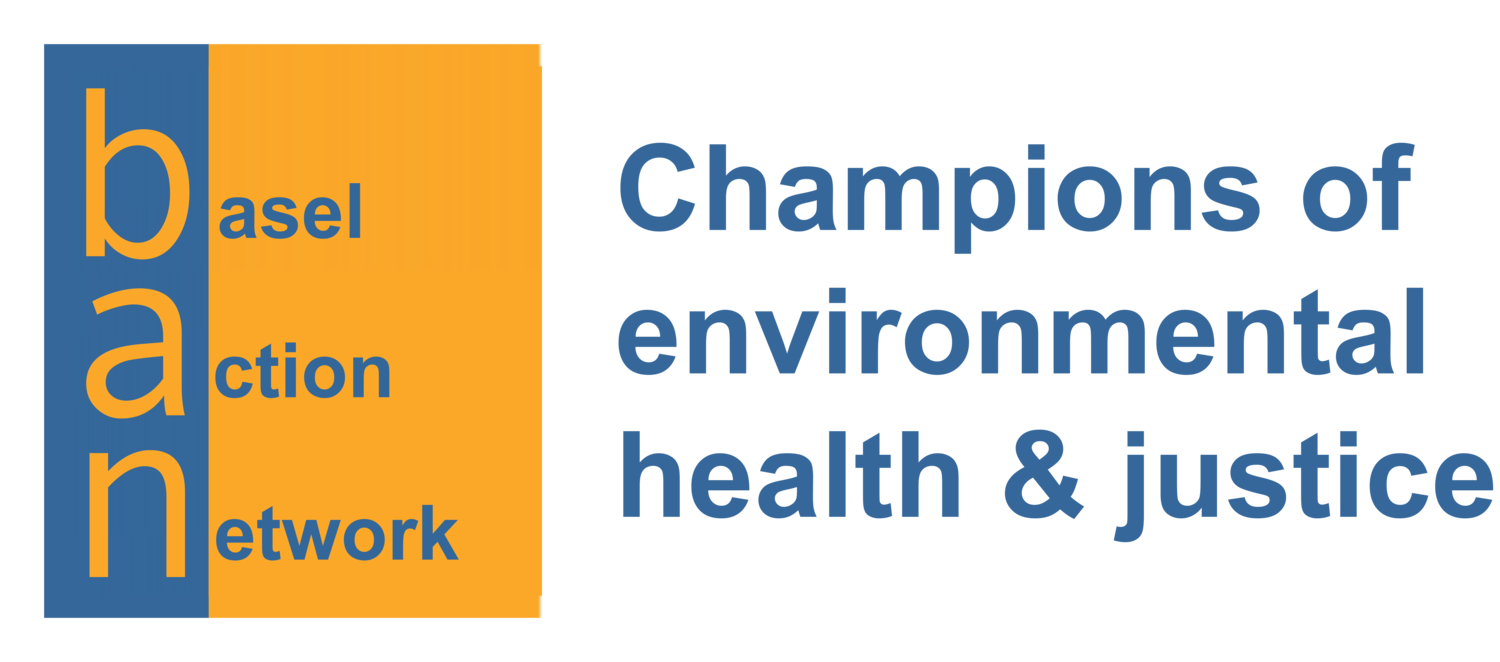SWEAP reports increase in waste detection rate – results of waste inspections
/The overall purpose of SWEAP (Shipment of Waste Enforcement Actions Project) is to support the circular economy by disrupting the illegal waste trade at the EU level, among others by increasing skill set amongst inspectors and law enforcement agencies.
The inspections are considered the core of this project. They are performed at waste management sites and during waste shipments. They are coordinated Europe-wide, involve the ‘waste chain’ approach and focus on problematic waste streams and actors. Co-ordination of inspections are being completed through risk assessment and analysis of trends, patterns and nominal (criminal) activity.
The SWEAP team is well on track to achieve their target of conducting 45,000 inspections over the course of the project. The waste detection rate has risen from 29% to 37% (from October 2019). This means the inspections are becoming more efficient, and are likely due to increased use of risk assessments and intelligence, according to their latest progress report.
SWEAP inspection results 2018 – March 2020
Total number of inspections – 32,427
Number of waste inspections – 11,843
Number of violations – 2586
Waste detection rate – 37%
Violation rate – 22%
Results are from 28 countries across Europe.
Types of violations
The total number of violations recorded during 2018, 2019 and 2020 so far is 2586. The underlying offences can be grouped into three categories:
Administrative violations, including missing or incomplete Annex VII* forms, which account for 18%;
More serious offences such as national regulations, or missing, incomplete and incorrect notifications, which account for 34%;
Shipments subject to export bans, which account for 22%.
Another 26% were for other or unspecified offences.
*) An Annex VII document must accompany Green List shipments. It contains information such as the contact details of the notifier, importer and carriers, a description of the waste and the countries of dispatch and destination. It relates to the EU Waste Shipment Regulation 1013/2006.
The top five problematic waste streams remain consistent. By identifying the most problematic waste streams this information is used to target inspections. Violations in shipments destined for Europe are high, but this is to be expected, considering only inspection results from European authorities were received. However, the SWEAP team is working on collaborating with international organisations outside of Europe which will enable them to verify the destinations of waste shipments and exchange information.
Plastics violations are decreasing steadily each year, from 197 in 2018 to 0 so far in 2020. The destinations are also changing from Asia to Europe, likely because of Asian import bans and tougher restrictions. For more information, click here.
Every six months SWEAP will report on progress on their waste inspections. The final report of the SWEAP waste inspections is due at the end of the SWEAP project in 2023. The SWEAP project is co-funded by the European Commission LIFE fund and co-ordinated by IMPEL. The project runs between September 2018 to June 2023.
